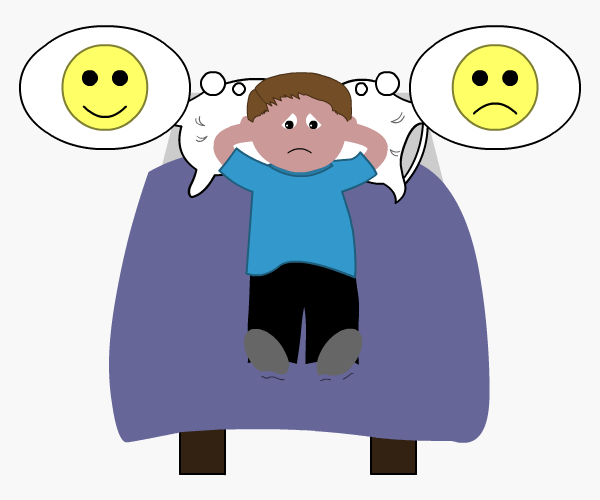In conjunction with World Mental Health Day 2023, this blog examines bipolar disorder, its symptoms and the help available for those with the disorder.

What is Bipolar Disorder?
Bipolar disorder is a mental illness. People with bipolar disorder experience episodes of extreme highs and debilitating lows. These are identified as mania, elation and depression. Bipolar disorder was formally known as manic-depressive disorder because it causes a person’s moods, energy level and activity levels to shift rapidly.
Bi, meaning two, and polar, meaning opposites, gives us the simple definition of two opposites or the highs and lows.
How Does Bipolar Disorder Identify?
Bipolar disorder can identify very differently in each individual. The spectrum of bipolar peaks at extreme mania, followed by hypomania (mild to moderate mania) before transitioning to a stable mood and finally progressing to mild depression, moderate depression and then severe depression.
There are three types of bipolar disorder:
- Type 1 bipolar.
- Type 2 bipolar.
- Cyclothymic disorder.
These will be discussed in more depth in the following blogs in this series.
What Are the Symptoms of Bipolar Disorder?
There are various symptoms which identify in an individual when they are going through a manic episode and when they are going through a depressive episode. It is vital that these symptoms are understood by individuals trying to manage their triggers and for those who are helping and supporting a person with bipolar disorder.
Some symptoms of a manic episode include:
- Having a lack of control around spending money.
- Exhibiting very high levels of energy reaching extreme peaks.
- Being exceptionally talkative with high levels of elation and positivity.
- Acting very self-important or having an extreme belief about one’s power, wealth, talents etc.
- Becoming very easily agitated, irritated and distracted.
- Partaking in behaviours that pose a significant risk of harm.
The actions during a manic phase could have a very negative effect on an individual’s relationships and finances.
Some symptoms of a depressive period include:
- Exhibiting a complete lack of vigour with a total lack of concentration.
- Feeling hopeless, worthless and despondent.
- Losing one’s appetite alongside disturbed sleeping patterns.
- Having reoccurring suicidal thought patterns.
- Experiencing feelings of doubt and guilt for no reason.
- Losing interest in everyday activities and things which would ordinarily inspire curiosity.
These symptoms can be serious, especially if an individual is contemplating suicide.
What Help is There for Those with Bipolar Disorder?
There are options to treat and manage bipolar disorder. They include medication to stabilise mood swings, talking therapies, such as CBT, or counselling. There are also self-help measures that can contribute to managing bipolar disorder including lifestyle changes such as taking regular exercise, eating a nutritious diet and getting eight hours of sleep each night.
The following articles in this blog series will examine the three types of bipolar disorder and how they can be managed and treated.

